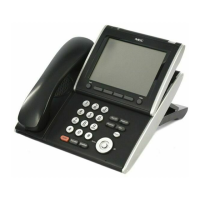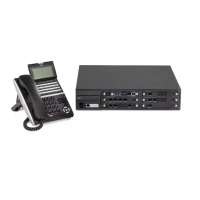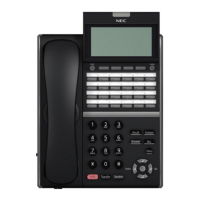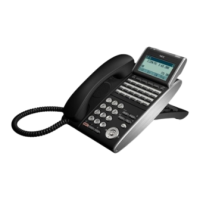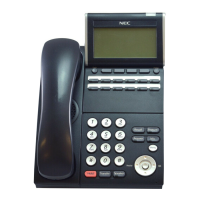942
Single Line Telephone Basic Data Setup –
Terminal Type
Enter 1 for this option to allow a single line port
to receive DTMF tones after the initial call
setup. Enter 0 to have the port ignore DTMF
tones after the initial call setup. For Voice Mail,
always enter 1 (e.g., receive DTMF tones).
Single Line Telephone Basic Data Setup –
Trunk Polarity Reverse
-- Not Used in U.S. -- Do Not Change Default
Entry as DTMF issues may arise with voice
mail.
Single Line Telephone Basic Data Setup –
Extension Polarity Reverse
-- Not Used in U.S. -- Do Not Change Default
Entry as DTMF issues may arise with voice
mail.
0 = Disable (Off)
1 = Enable (On)
Single Line Telephone Basic Data Setup –
Enabled On-Hook When Holding (SLT)
Enable/Disable this program.
Single Line Telephone Basic Data Setup –
Answer On-Hook when Holding (SLT)
Enable/Disable Answer on-hook when Holding
for SLT.
0 = Disable (No)
1 = Enable (Yes)
Single Line Telephone Basic Data Setup –
Caller ID Function - For External Module
Enable/Disable the Caller ID FSK signal for an
external Caller ID module or a 3rd-Party vendor
telephone with Caller ID display.
Important:
If voice mail is used, this setting must be
disabled for the system integration codes to be
correct.
With a 2500 set (no Caller ID) installed, this
must be set to 0 for incoming callers to have a talk
path.
Single Line Telephone Basic Data Setup –
Caller ID Name
Determine if an extension user telephone
should display the Caller ID name.
Single Line Telephone Basic Data Setup –
Caller ID Type
Select whether the Caller ID type is FSK or
DTMF.
Single Line Telephone Basic Data Setup –
Forwarded Caller ID Display Mode
Determine what the display shows when a
multiline terminal receives a forwarded outside
call.
0 = Calling Extension Number
(Calling)
1 = External Caller ID (Forward)

